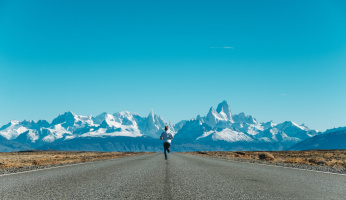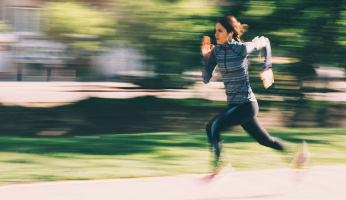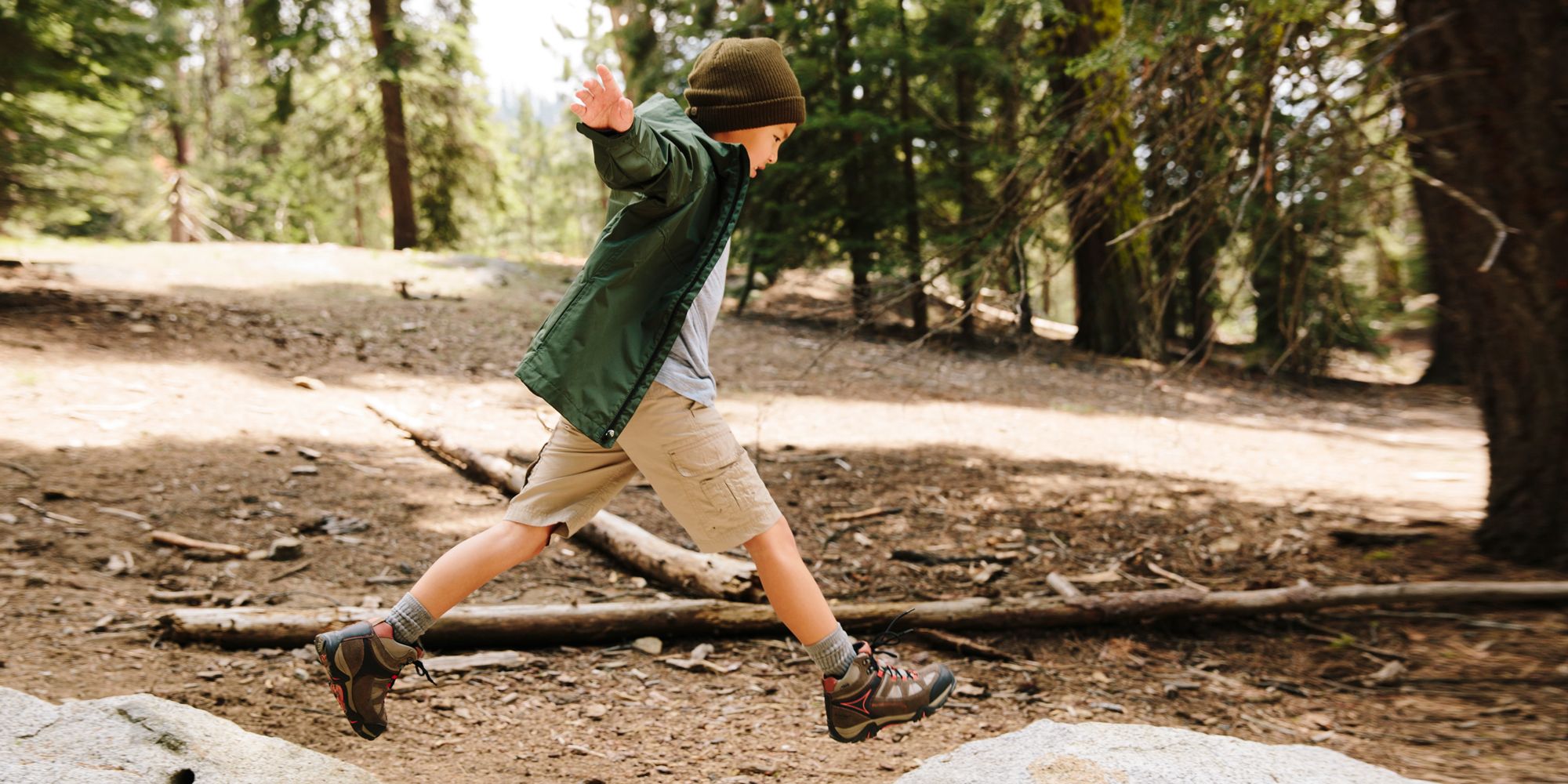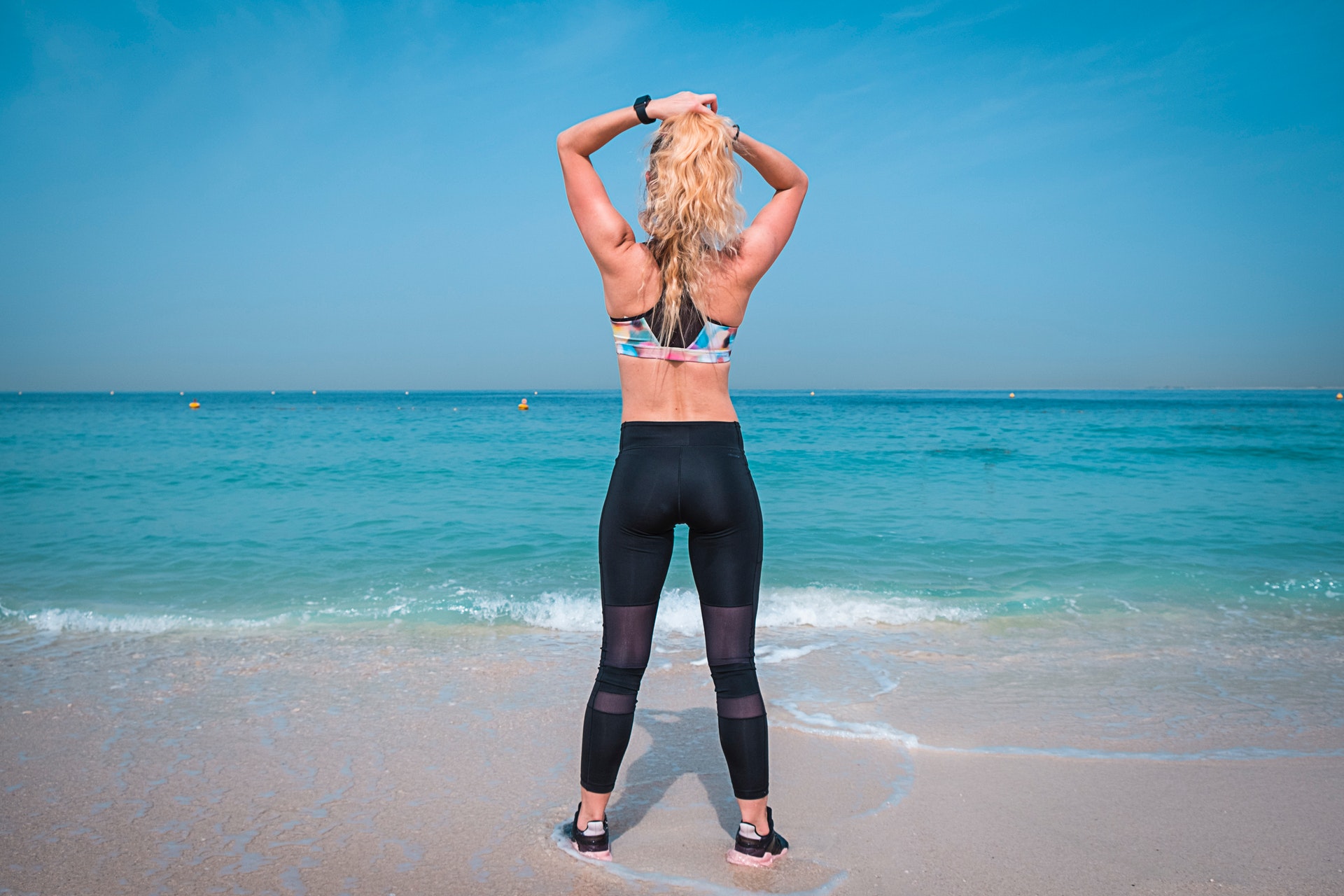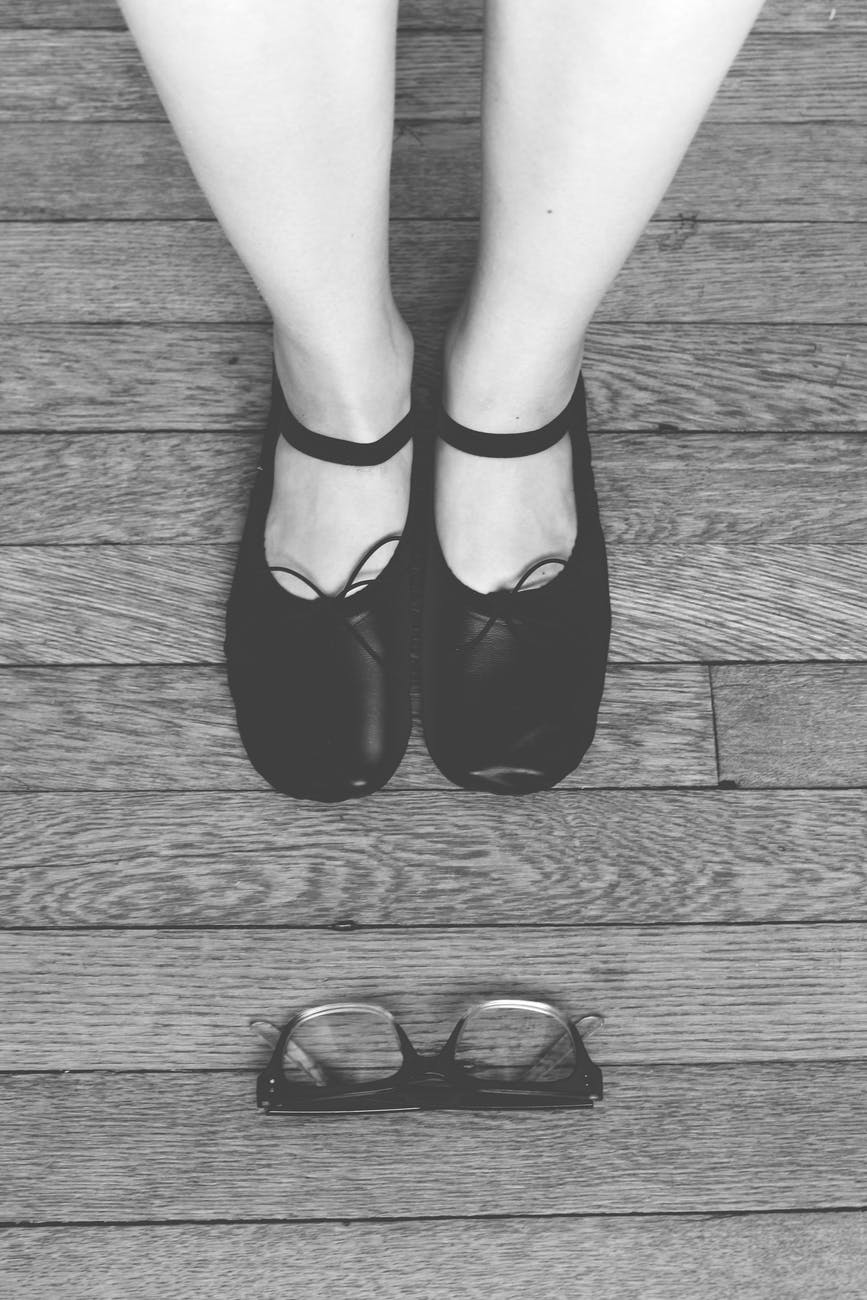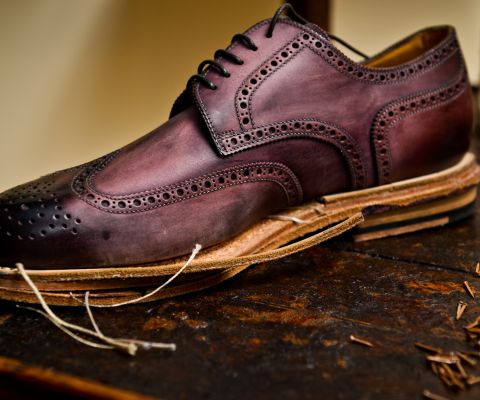How To Prevent Overheating During Summer Runs
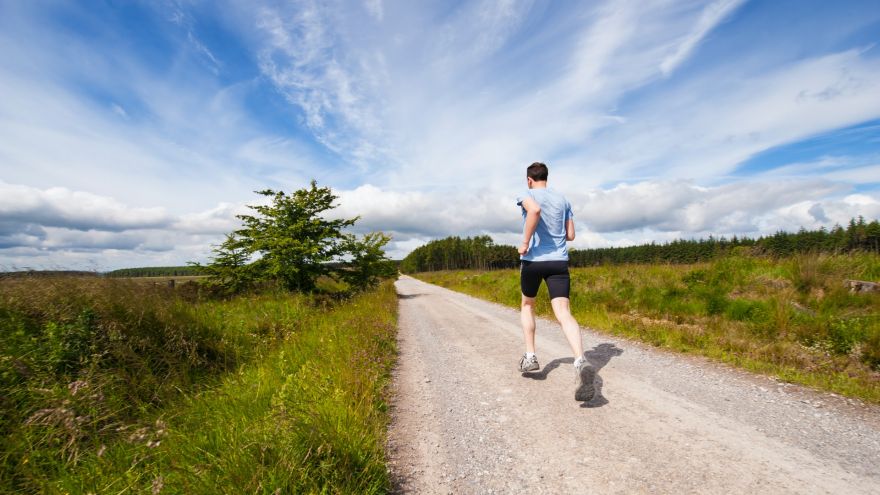
With summer on the horizon and temperatures rising, one thing important to consider is how the heat will impact you’re running. In addition, there are things to do in order to help prevent overheating. Knowing how the heat can affect your body and running performance can help you adapt appropriately.
How Does Running in the Heat Affect You?
The biggest thing you will notice is that your core body temperature rises when running in the heat. If allowed to rise to dangerous temperatures, you are in danger of heat-related illnesses.
There are multiple levels of heat-related illnesses and it can get quite serious very quickly. One thing to do to prepare to run in summer rather is to apply sunscreen. It is also important to wear sports sunscreen for two reasons. First, it is more breathable and second you will not sweat it off as you exercise. Sport sunscreen protects your skin from the sun’s damaging rays.
If you do not hydrate properly, you end up with heat cramps. If you start to get cramping in your muscles, you might need to take in electrolytes. The key is to take these essential fluids and electrolytes in before you get to this point. Signs of heat cramps include heavy sweating and cramps.
Heat exhaustion is when things start to get dangerous. Although you are still sweating, your palms may start to get clammy and feel cool to the touch. You may feel tired, weak, dizzy and/or have a headache. When you start to feel this way, you should try to get to shade (or to get inside). Loosening your clothes, hydrating and wiping your face with a cool cloth can help.
Crossing over to heatstroke is flirting with crazy. Your body temperature rises above 103 degrees, your skin can be hot and red, and the dizziness and nausea can get worse. In this phase, some people get very confused and/or pass out.
You should seek medical attention if you think you have heatstroke.
Prevention
There are some things you can do to keep yourself safe in hot temperatures. First of all, consider running either before the sun comes up or after it has gone down. While running at dawn is not everyone’s thing, the early morning hours are often the coolest of the day.
Dusk is another lovely time to log miles. Remember to wear safety gear such as a safety vest and headlamp if you plan to run in the dark. There are more and more incidents involving distracted drivers injuring runners and bikers.
If you have to run during the day, you can try to stick to shaded routes. I am always surprised how many shaded routes I can map out if I take the time to give it some consideration ahead of time.
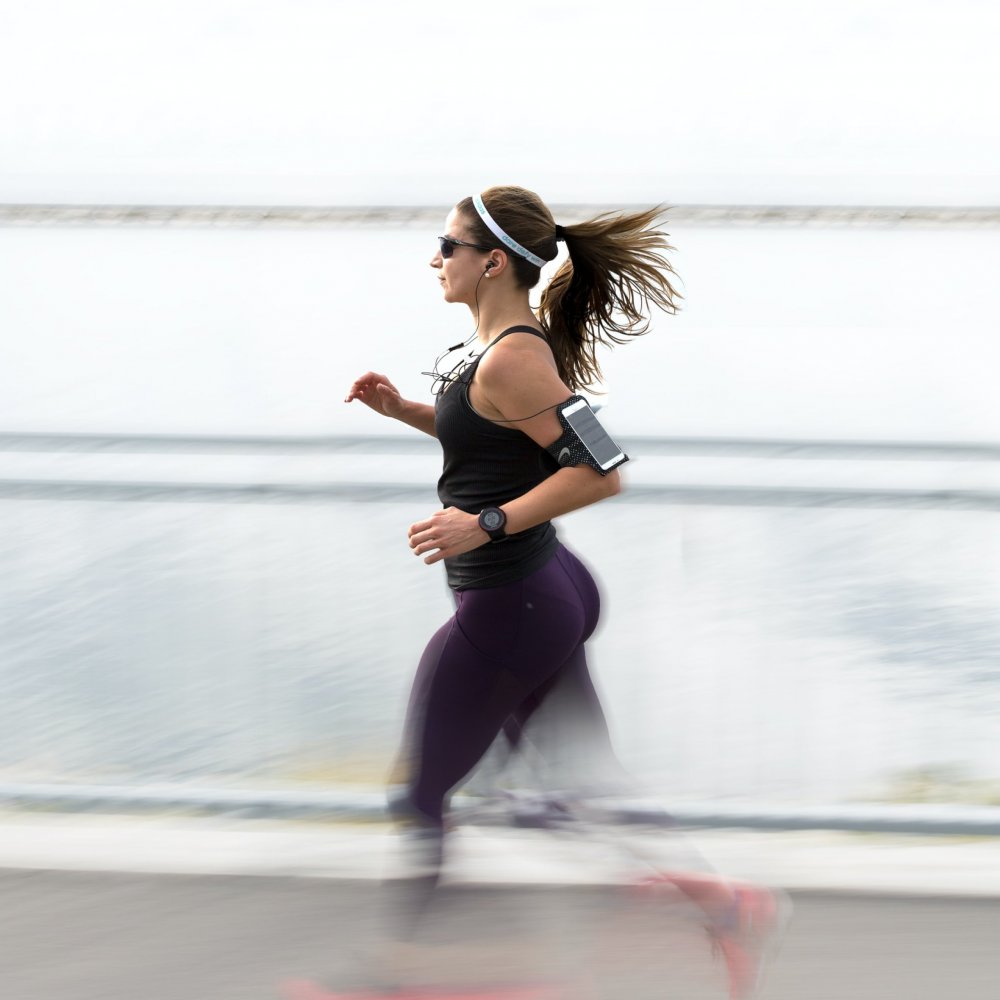
Wearing light-colored, loose-fitting clothing can also help you feel cooler in the heat. Some runners swear by wearing a hat that keeps the sun off of your face. Personally, my head feels very hot in a hat, but sometimes I put one on anyway. One of the perks of a hat is I can soak it in cold water to help my head feel cooler.
Sunglasses are another thing that can help you, as protecting your eyes is important. Although there are many kinds of sunglasses, I prefer a wrap-around so that no matter where the sun is, my eyes are shaded.
Be certain to eat something and hydrate before heading out. If you are planning more than a short run, you should carry fuel and fluid with you.
If I am heading out for 60 minutes or more on a hot day, I load up my hydration belt. Some people prefer a hydration backpack, but I like a low riding belt. Whatever your preference, carry something. You just never know when you might find yourself in trouble on a hot day.
What To Expect
When running in the hot temps, you should be ready to slow down if necessary. I find that if I take it a bit easier, the run does not hit me as hard as if I am trying to run at my normal pace.
If you stop sweating, your body is not hydrated enough and that is a sign that you could find yourself in trouble. This is why it is so important to drink water before, during and post-run. Some runners also take in electrolyte drinks. For me, it depends on how long and far I plan to run, on what I need to hydrate with.
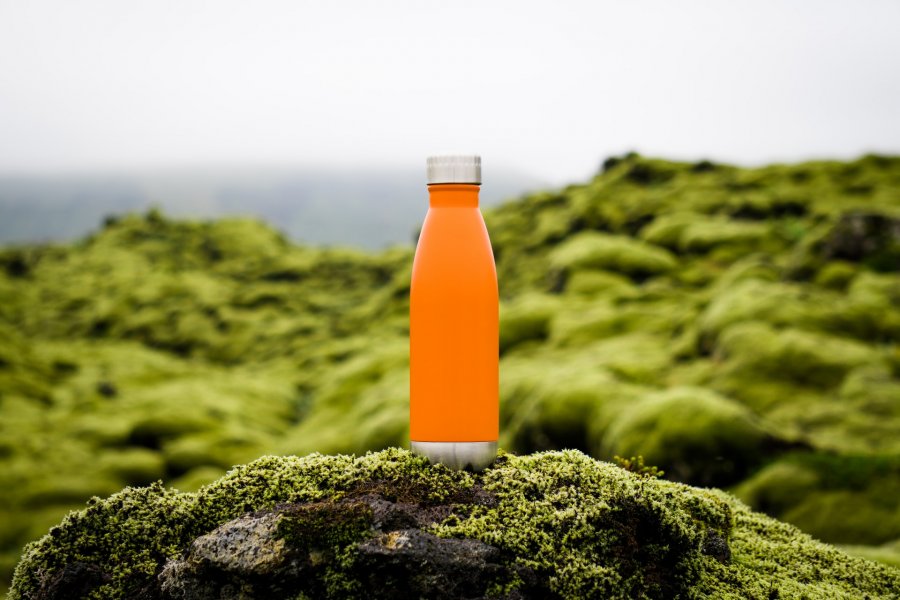
Many people find that their heart rate elevates more quickly in hot temps. If you train by heart rate, you may find yourself needing more walk breaks in order to keep your heart rate in check.
Remember: the hot temps don’t last forever nor are they every single day. Give yourself grace and patience when the heat has you struggling.
Running during hot temperatures will often leave you feeling completely sapped of energy. You may find you need more rest and/or a long night’s sleep to recover. Try to listen to your body. I get it, that can be hard to do in the summer when everyone else is out having fun!
Post-Run
Although it may be tempting to neglect cool down and stretching after a hot workout, you still need to do these things. Moving yourself to a cool or shaded place for stretching and/or foam rolling is a great idea. Enjoy that luxury!
Get yourself some icy cold water or some type of sports drink and get some into your body soon after your run. Fueling is always important, even if your body says it does not want to take in calories after a hard, hot effort. Here is where a blended protein shake can be your best friend.
Getting out of your sweaty clothes and enjoying a cool shower will make you feel like a million bucks. Don’t delay that, if you can!
My Gal Pals
A group of friends and I have a weekly “longer” run. Since this run takes place Sunday after church services, we do not beat the morning sun. This week, it was 93 degrees and humid when we took off at 10:00 a.m. Knowing we would likely struggle some, I filled my hydration belt, tucked a bunch of fuel in my pockets, and grabbed a $5 dollar bill.
While running along a business district, we came upon a man watering his flowers. Imagine our excitement as we approached. “Please spray us!” The nice man happily obliged as we danced through his water spray. He was nice enough to pose for a picture with us after.
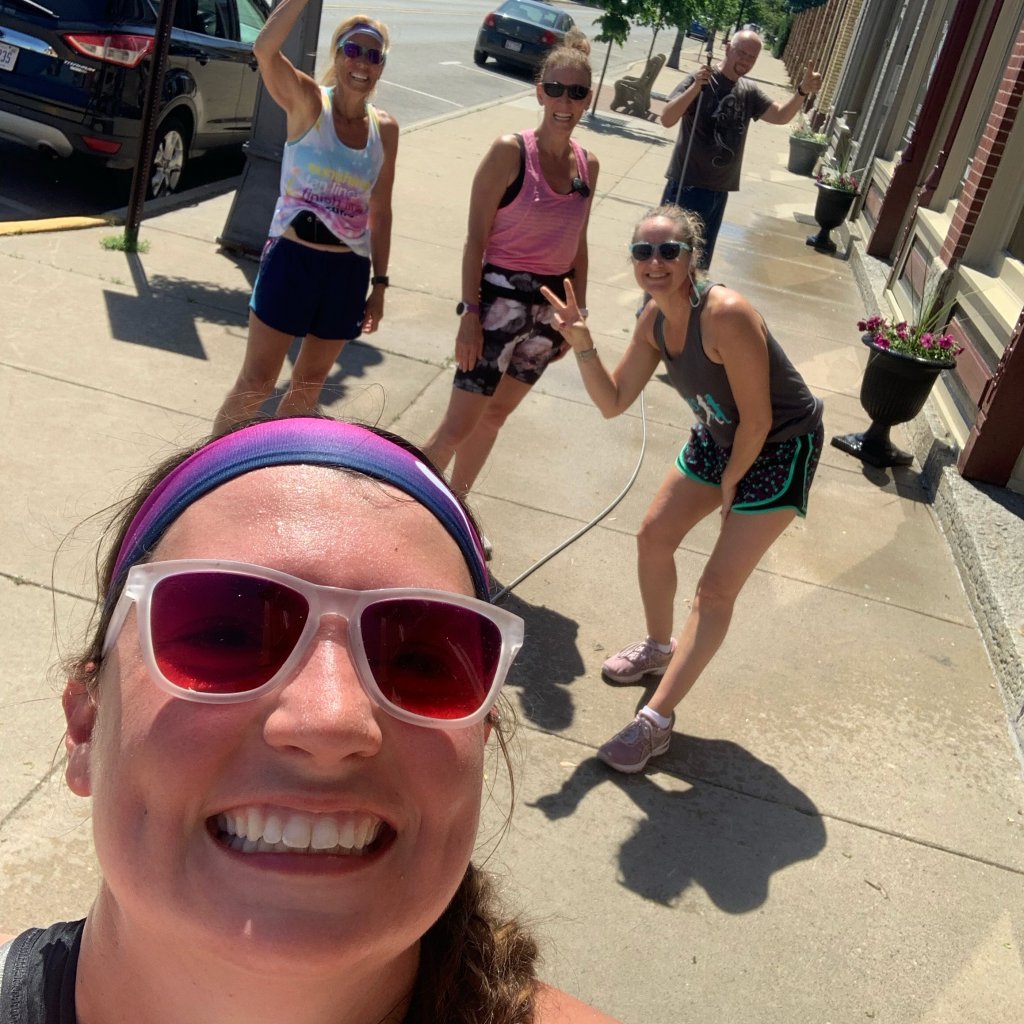
Our plan was to stop at about the 4-mile mark, which we knew to be about halfway, to fill the bottles in my hydration belt. It was hot and sticky so I insisted everyone step inside the gas station for at least a minute. As we splashed water on our faces and filled the water bottles, Taylor spotted a freezer with individual popsicles and ice cream bars.
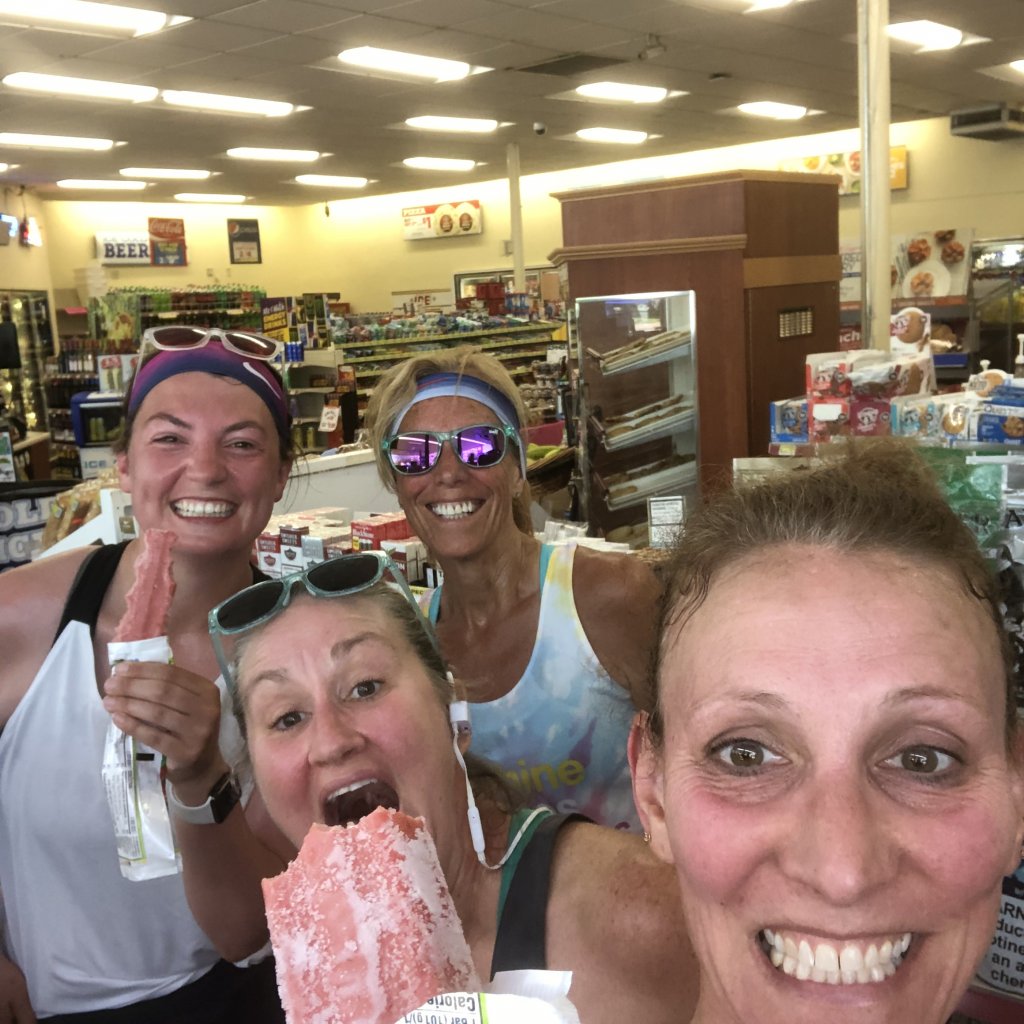
I had been peeking at the sports drink, but a fruit bar seemed like it might hit the spot. After a brief popsicle break, we headed back outside feeling pretty refreshed. Guess what we saw just a short while after that? Another sprinkler! You bet we danced through it again.
Was it the fastest run we had ever had? Nope. But you know what? We had fun. We smiled. We also kept moving.
What Temperatures are Dangerous to Run In?
Honestly, you can run in almost any temps if you have the right training, gear, and mindset. Sure, you might need to modify the plan if you plan on running in the heat, but you can likely still get out there.
You need to carry liquids, bring fuel, eat properly before heading out, and dress for the heat. If you head out knowing you might need to modify the workout by lowering the intensity or shortening the miles on the docket, you can do just fine.






